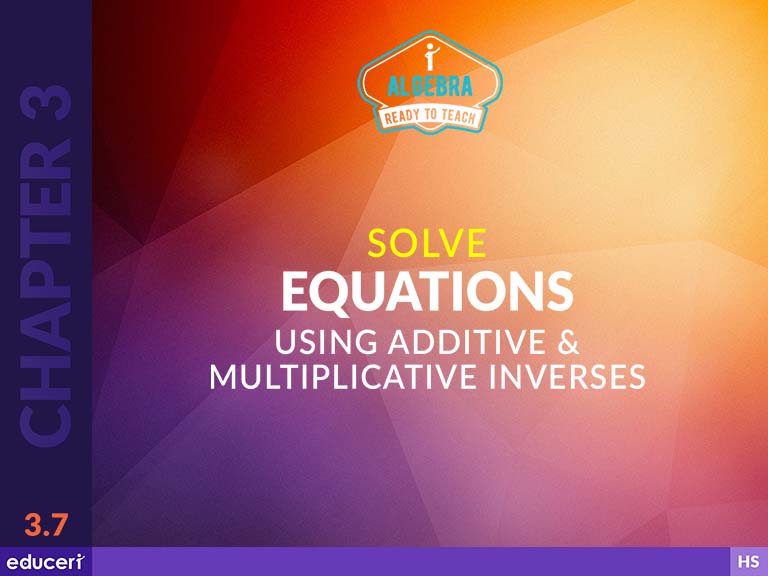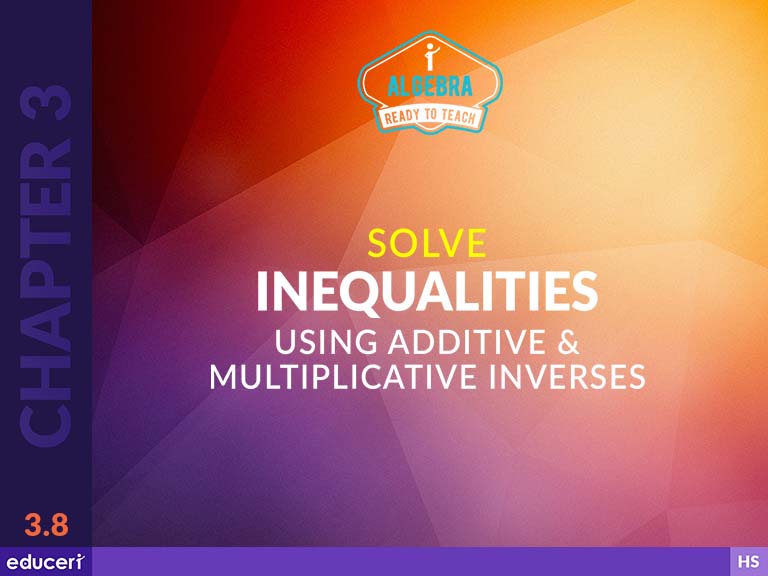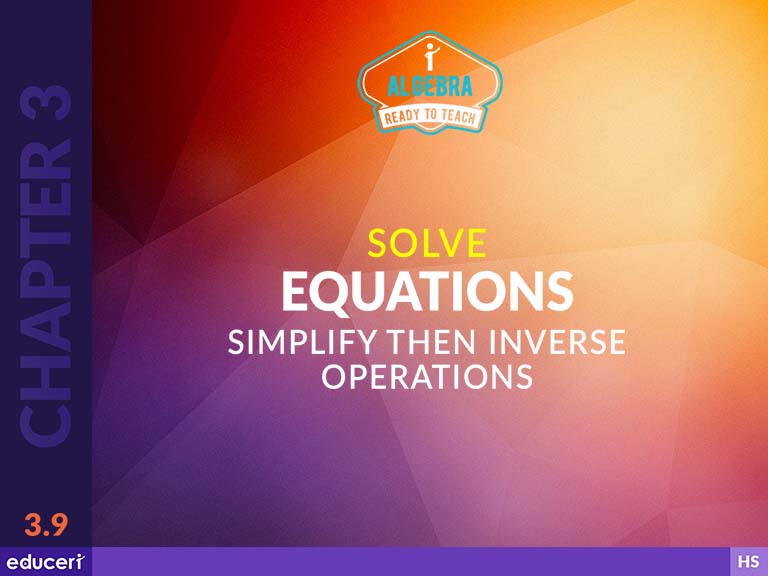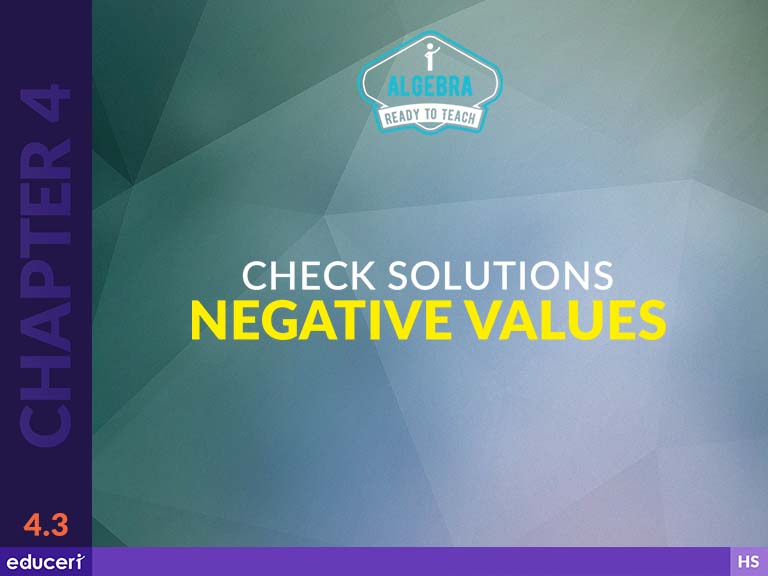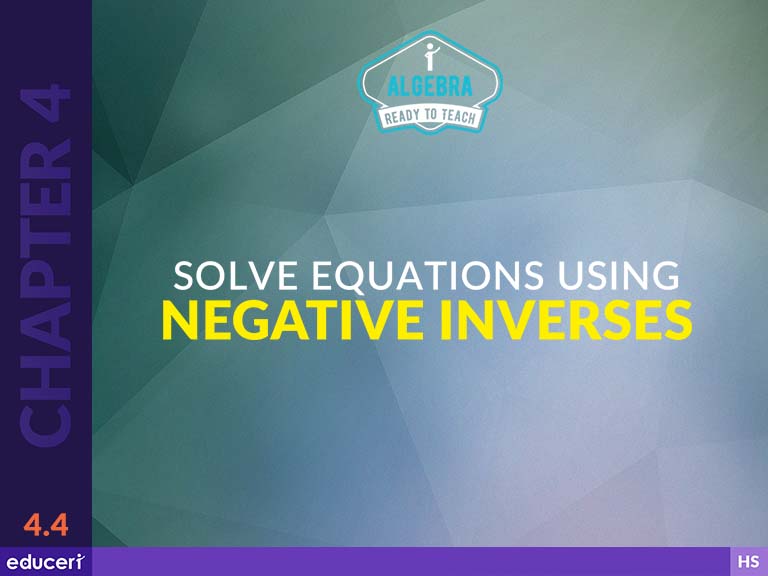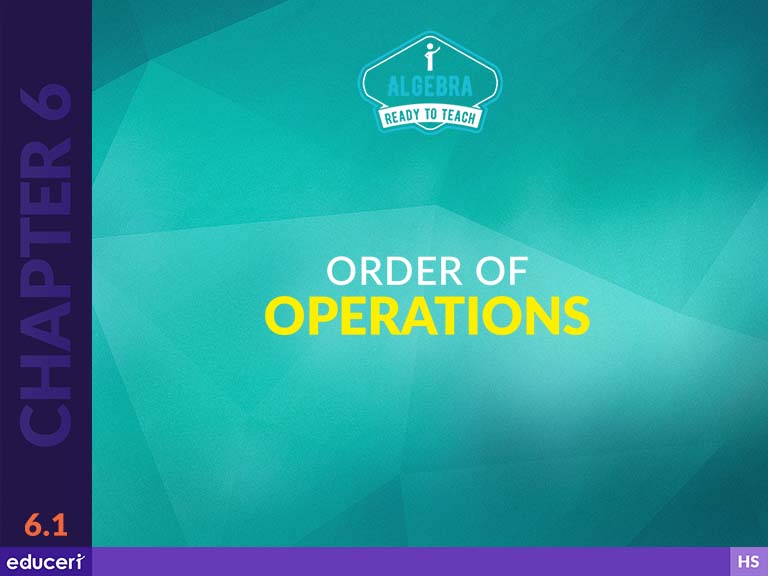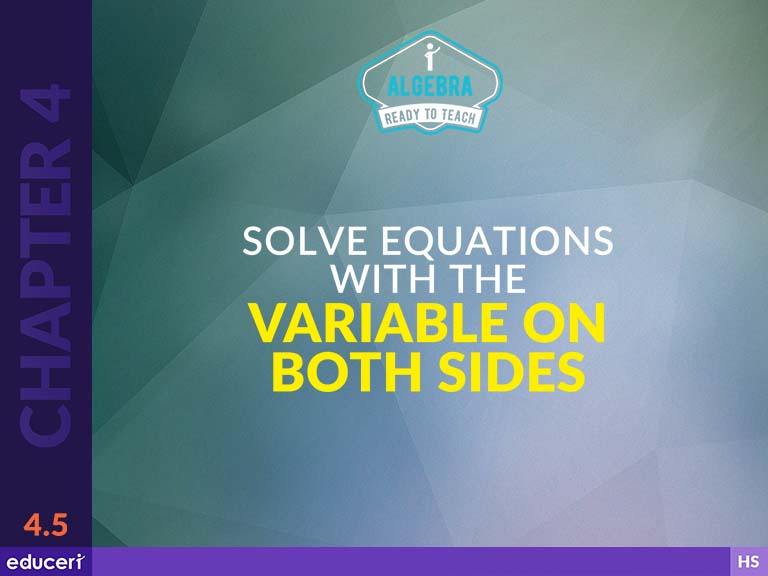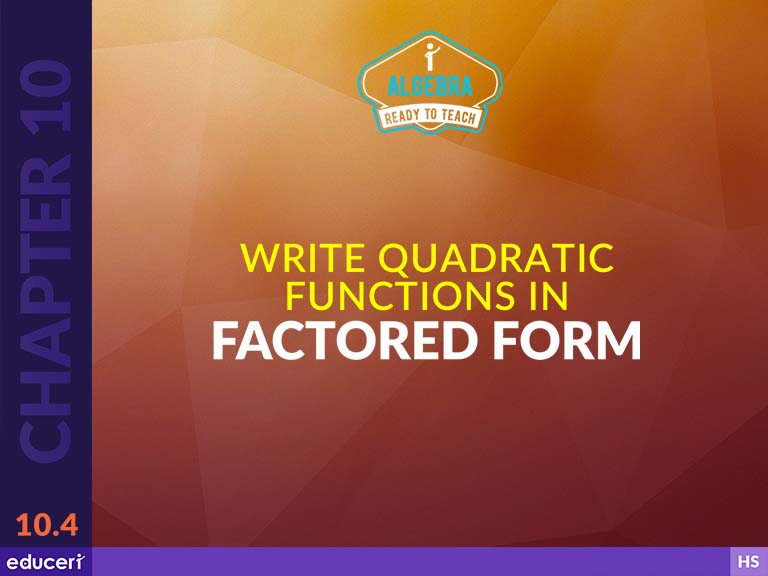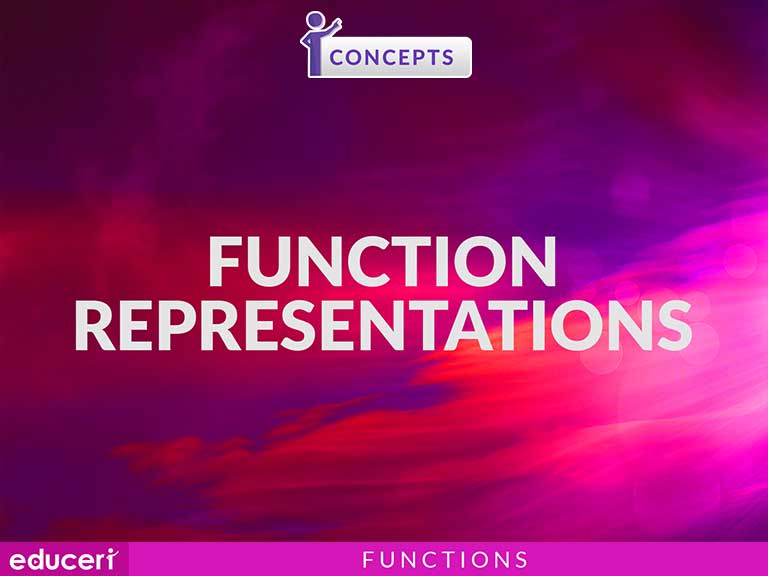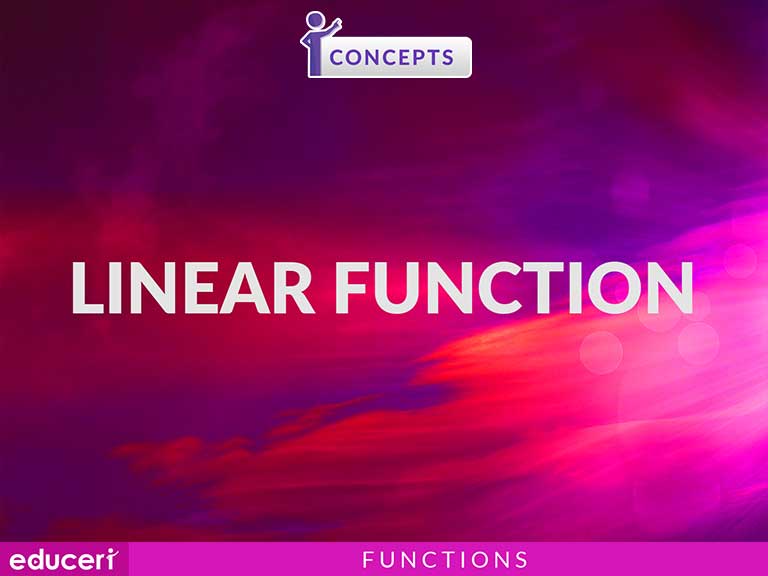All Lessons
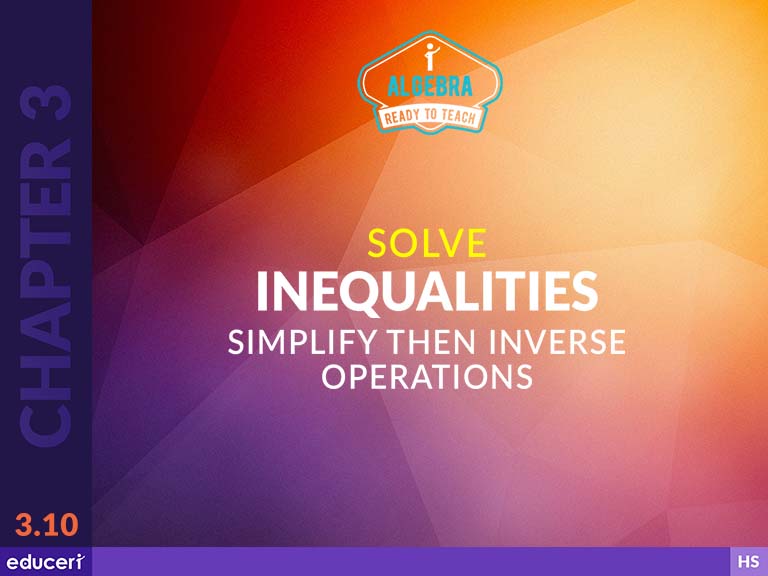
Solve Inequalities (Simplify then Inverse Operations)
Share This Lesson
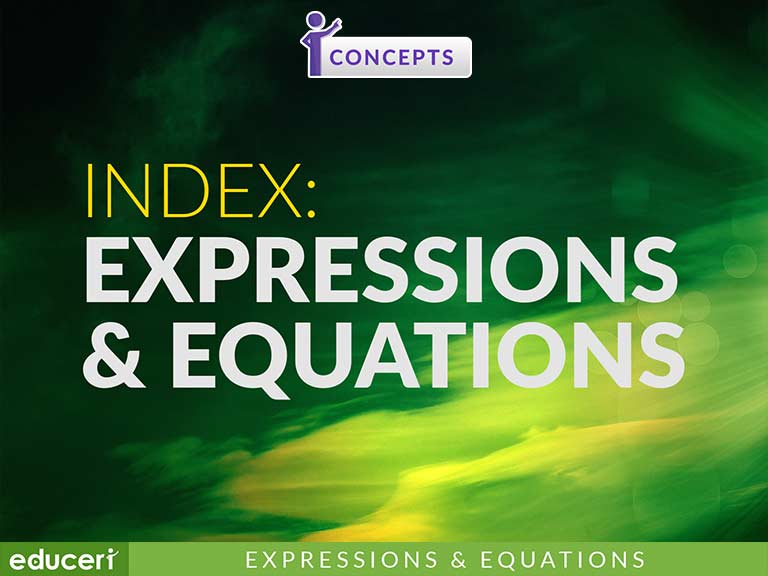
Concept Development Index: Expressions & Equations
This index contains the following Math Concept Developments: Additive Inverse and Multiplicative Inverse Associative Property and Commutative Property Write Equations Equation Solving Process Factor Expressions Expression Vocabulary Exponent Rules Algebraic Expressions Exponent Rule Numerical Expressions Radical Expression Radicals and Fraction Expomemts Simplify Distribute and Combine Like Terms System of Linear Equations (same variables) Algebraic Equations Algebraic Expressions Inequality Solutions Linear Equations Slope and Y- Intercepts Numerical Expression Equivalent Numerical Expressions Property of Equality
Share This Lesson
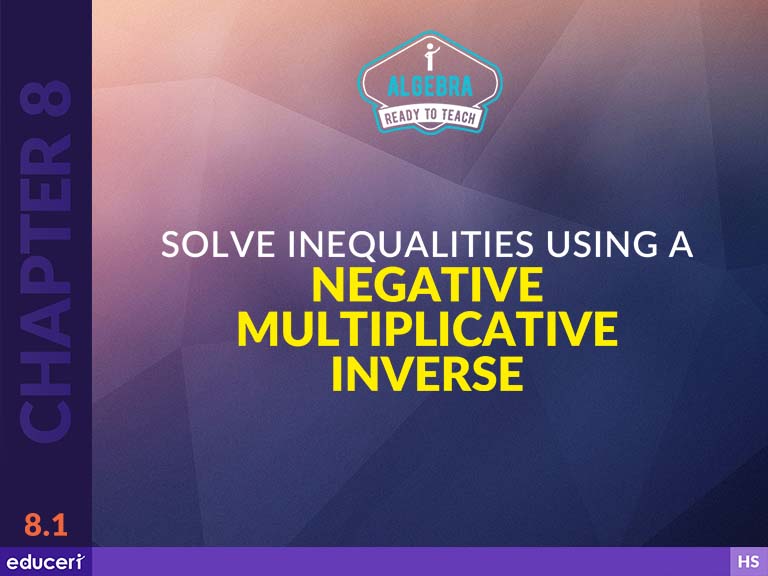
Solve Inequalities Using a Negative Multiplicative Inverse
Share This Lesson
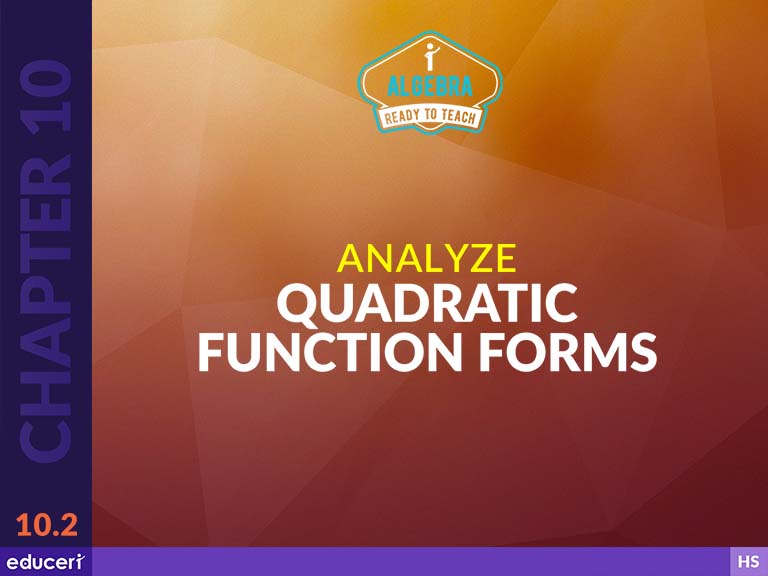
10.2 Analyze Quadratic Function Forms
(A) Graph quadratic functions on the coordinate plane and use the graph to identify key attributes, if possible, including x-intercept, y-intercept, zeros, maximum value, minimum values, vertex, and the equation of the axis of symmetry
A1.7.B(B) Describe the relationship between the linear factors of quadratic expressions and the zeros of their associated quadratic functions
HSF.IF.7 Graph functions expressed symbolically and show key features of the graph, by hand in simple cases and using technology for more complicated cases.*
HSF.IF.7.AHSF.IF.7.A Graph linear and quadratic functions and show intercepts, maxima, and minima.
HSF.IF.8HSF.IF.8 Write a function defined by an expression in different but equivalent forms to reveal and explain different properties of the function.
10.2 Analyze Quadratic Function Forms
Share This Lesson
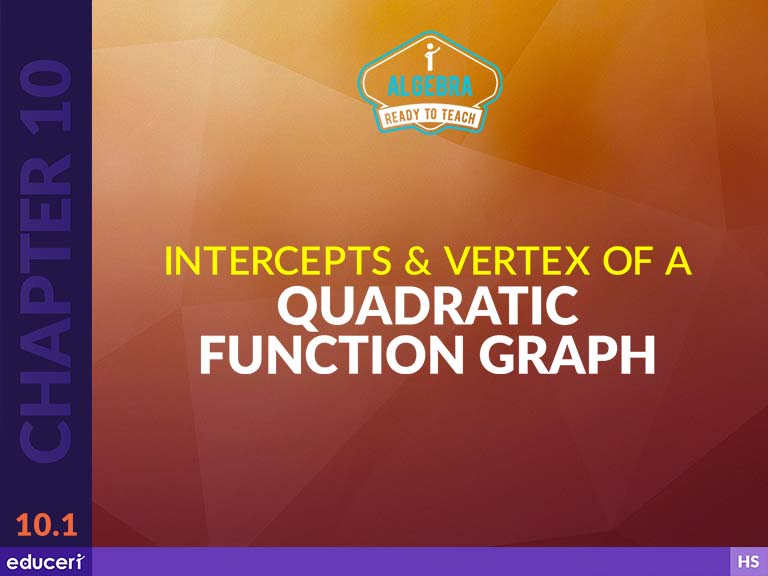
10.1 Identify Intercepts and Vertex of a Quadratic Function Graph
10.1 Identify Intercepts and Vertex of a Quadratic Function Graph
Share This Lesson
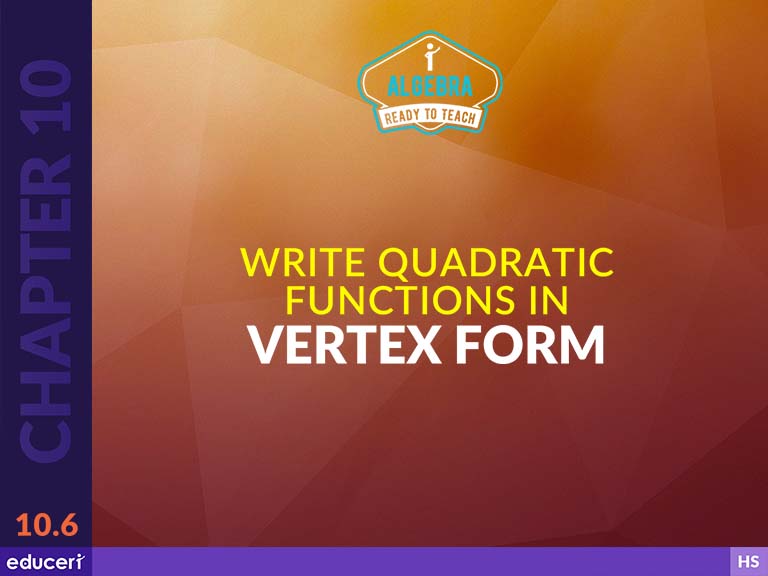
10.6 Write Quadratic Functions in Vertex Form
HSA.SSE.3 Choose and produce an equivalent form of an expression to reveal and explain properties of the quantity represented by the expression.*
HSA.SSE.3.BHSA.SSE.3.B Complete the square in a quadratic expression to reveal the maximum or minimum value of the function it defines.
